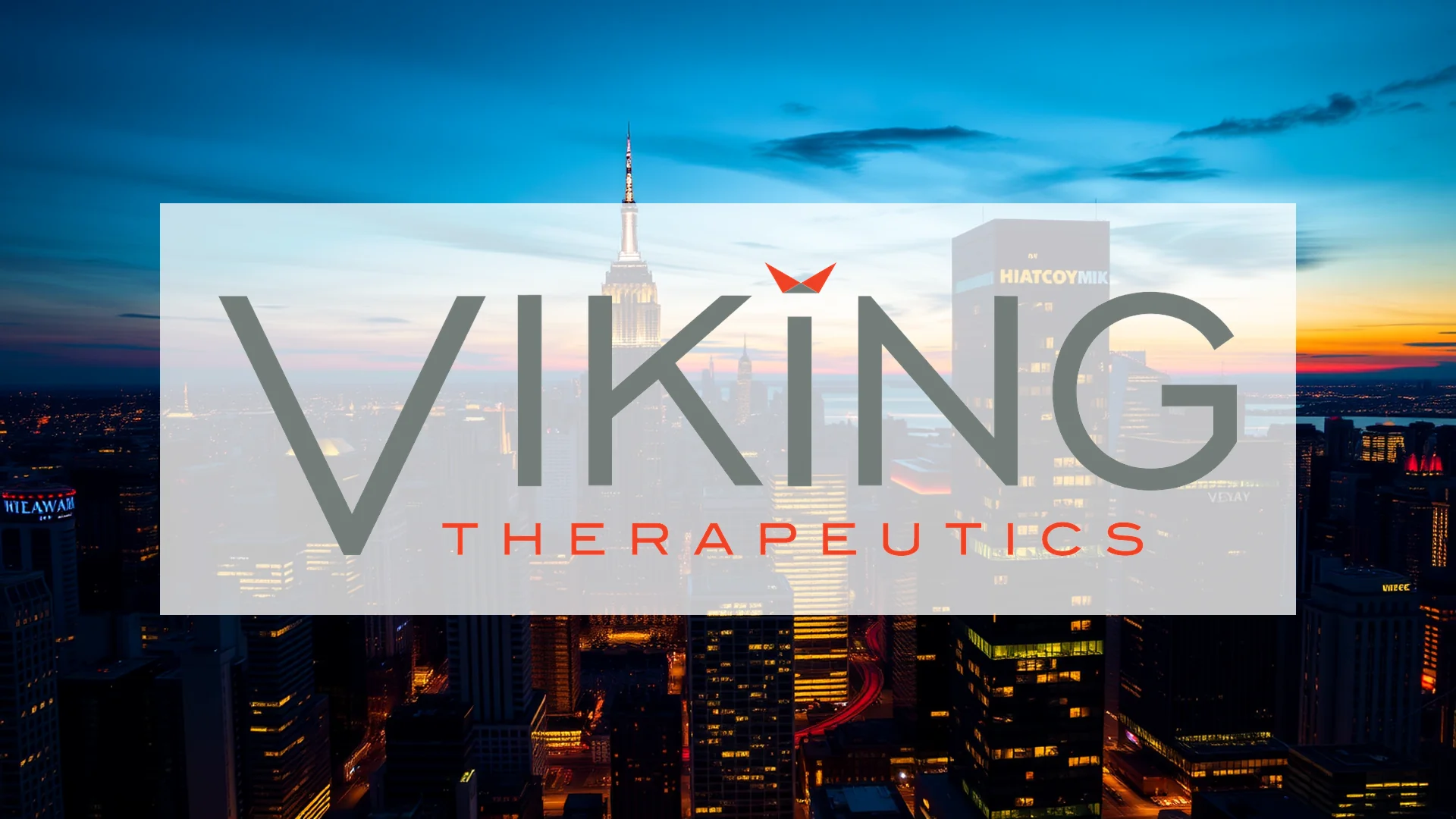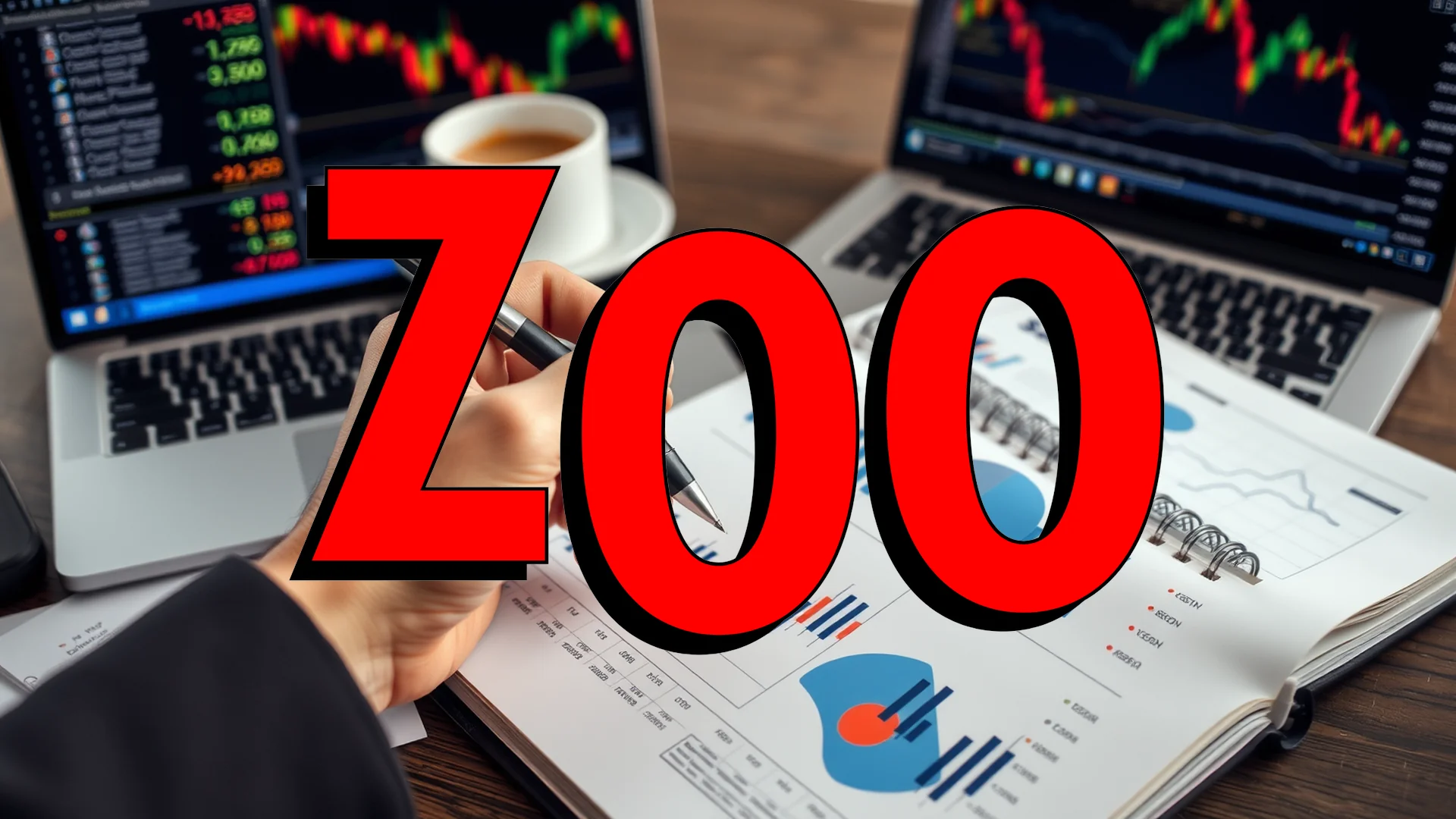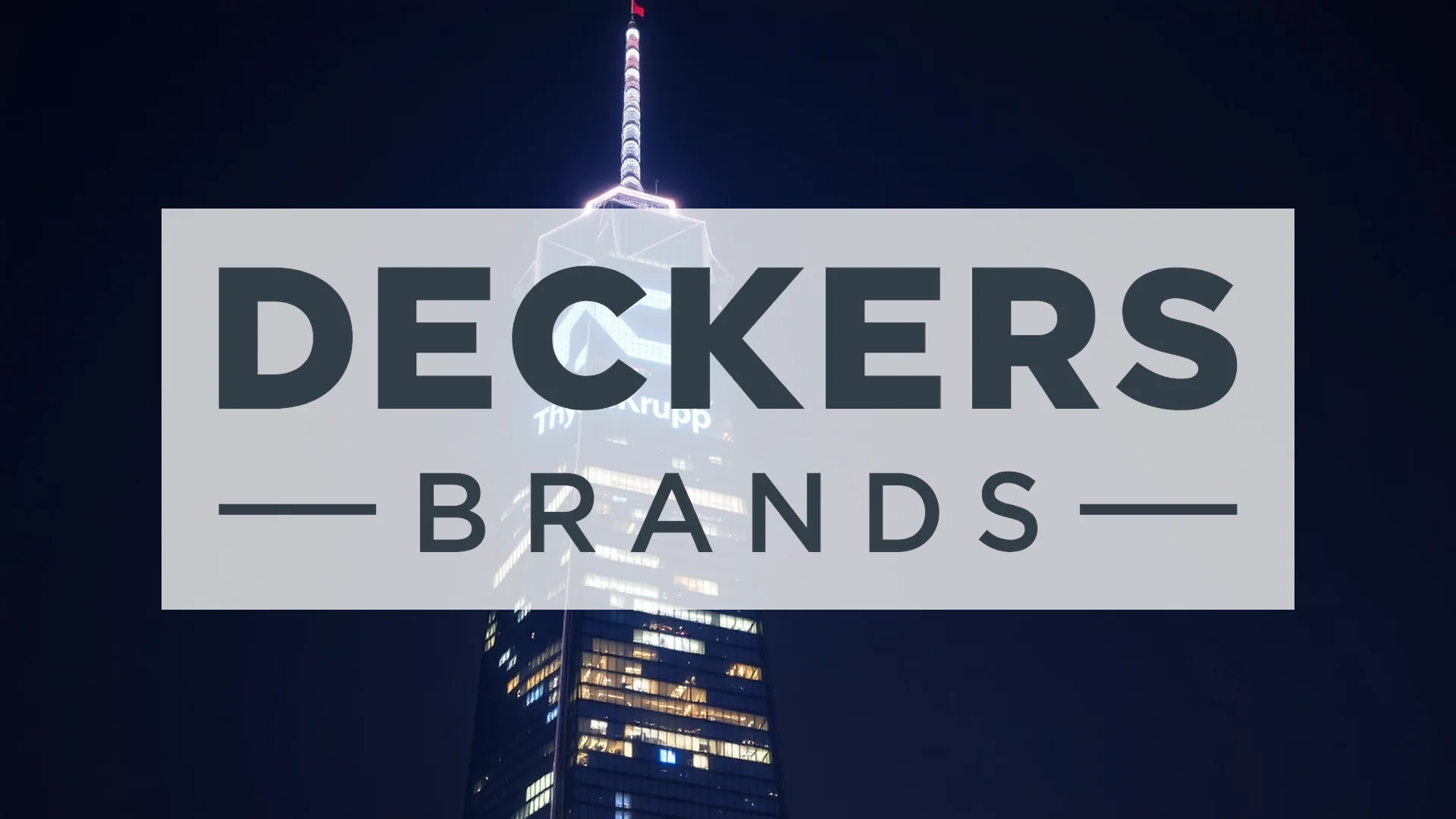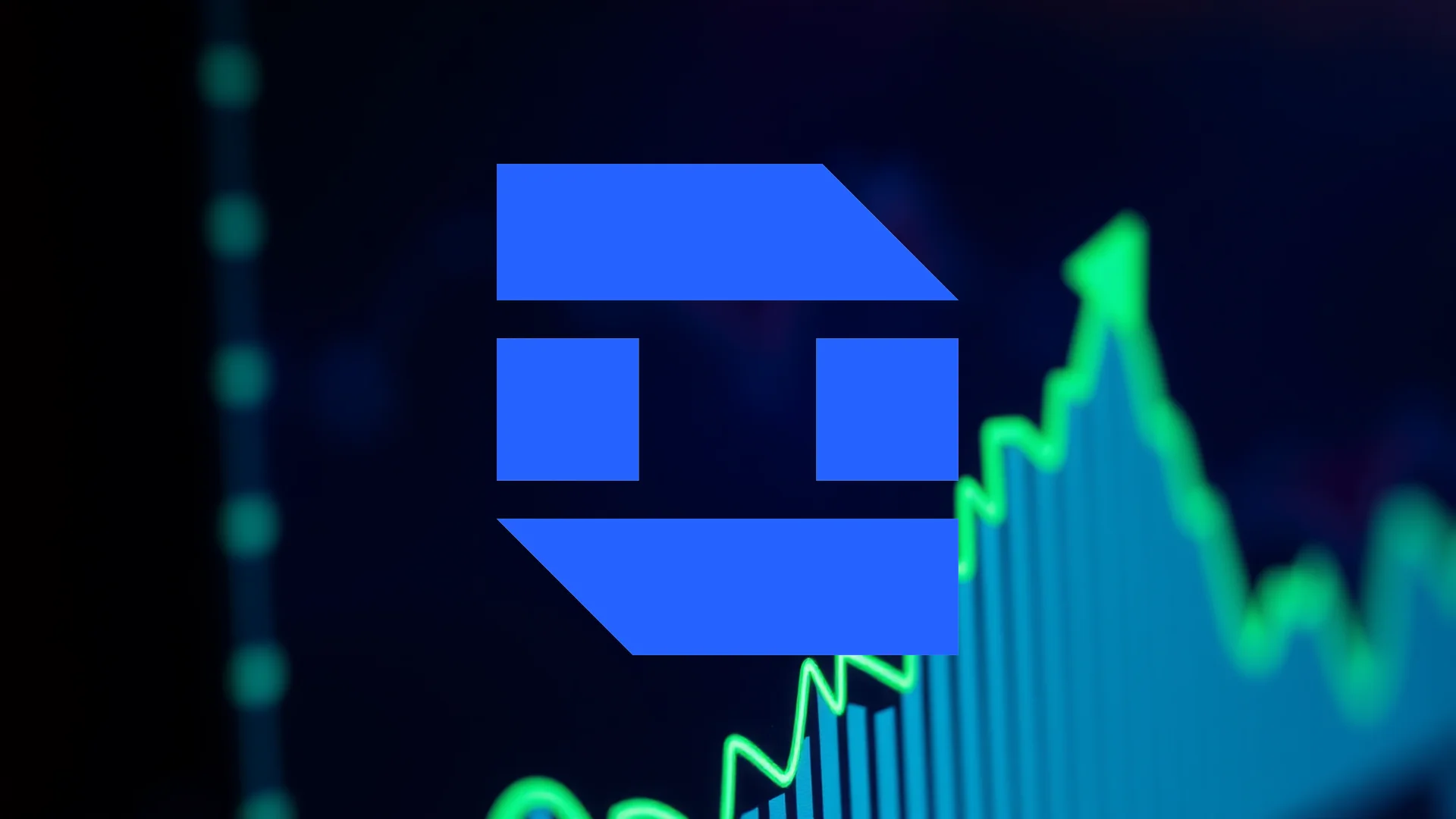Investors in Viking Therapeutics were met with sobering financial results for the third quarter of 2025, as the biotechnology firm reported a dramatic widening of its net loss. The company’s shortfall reached $90.8 million, representing a staggering 264 percent increase compared to the same period last year. This substantial jump stems primarily from escalating development expenses for its weight loss treatment candidate, VK2735.
Financial Performance Misses Expectations
The depth of Viking’s financial challenges became evident as the company reported a per-share loss of $0.81, significantly underperforming against analyst consensus estimates that had projected a loss of $0.67 per share. Research and development spending surged to $90 million, marking a 294 percent year-over-year increase that reflects the company’s aggressive expansion of Phase 3 clinical trials.
Clinical Programs Drive Spending Surge
At the heart of this expenditure is the comprehensive VANQUISH clinical program for VK2735, which is being developed through an unusual dual-approach strategy. The treatment is advancing through clinical trials in both injectable and oral tablet formulations—a distinctive tactic within the competitive obesity treatment market.
Key clinical milestones and study parameters include:
– Phase 2 trial data demonstrating weight reduction of up to 12.2 percent over 13 weeks
– VANQUISH-1 trial enrolling 4,500 patients with obesity
– VANQUISH-2 focusing on 1,100 diabetic patients with overweight conditions
– Completion target for VANQUISH-1 set for late 2025
Innovative Maintenance Therapy Approach
Viking is pursuing a novel maintenance therapy strategy that potentially differentiates its approach from established competitors like Novo Nordisk and Eli Lilly. Current investigations are examining various maintenance dosing regimens, ranging from monthly injections to daily oral medications.
Should investors sell immediately? Or is it worth buying Viking Therapeutics?
During an October 22 conference call, Chief Executive Officer Brian Lian emphasized the statistically significant weight reduction compared to placebo outcomes. Notably, trial participants maintained their reduced body weight even when transitioned to lower maintenance dosages.
Financial Resources Under Pressure
Despite promising clinical developments, Viking’s financial position shows signs of strain. The company’s cash reserves have diminished from $903 million at the end of 2024 to $715 million currently. Given the present rate of expenditure, these financial resources could be depleted sooner than initially projected.
Management has provided assurances that current liquidity remains sufficient to fund all planned clinical milestones. Additional discussions with the U.S. Food and Drug Administration are scheduled for the fourth quarter, while further Phase 2 data will be presented during November’s ObesityWeek conference.
Market Response and Analyst Outlook
Market experts maintain optimistic perspectives despite the concerning financial metrics. Cantor Fitzgerald reinforced its confidence by raising its price target following the quarterly report, identifying five critical data catalysts anticipated within the coming 24 months. This vote of confidence aligns with the stock’s performance—Viking shares registered a 45 percent advance during October, representing their strongest monthly gain this year.
Ad
Viking Therapeutics Stock: Buy or Sell?! New Viking Therapeutics Analysis from December 19 delivers the answer:
The latest Viking Therapeutics figures speak for themselves: Urgent action needed for Viking Therapeutics investors. Is it worth buying or should you sell? Find out what to do now in the current free analysis from December 19.
Viking Therapeutics: Buy or sell? Read more here...












